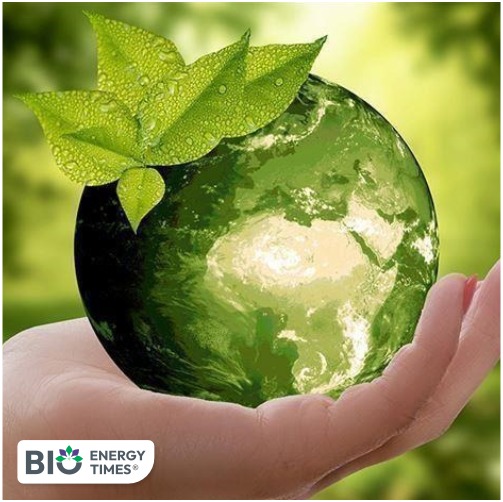The European Commission on Thursday released its new Bioeconomy Strategy, outlining measures to strengthen circularity, climate neutrality, and competitiveness across the European Union. The European Biogas Association (EBA) has welcomed the strategy, noting that it firmly positions biogases and their co-products as central to Europe’s sustainable bioeconomy, reports EUbusiness.
The proposal recognises the role of bioenergy and biofuels, and emphasises the importance of flexibility when evaluating efficient biomass-use pathways. This recognition allows biogas facilities to be viewed as biorefineries that generate renewable energy alongside two key co-products — digestate and biogenic CO₂ — as well as emerging derivatives such as e-fuels, syngas, green hydrogen, bio-based plastics, chemicals, fertilisers, and polymers. According to EBA, these outputs offer significant benefits for renewable energy supply, industrial decarbonisation, sustainable agriculture, and environmental protection.
While the strategy acknowledges the value of biowaste for biogas production, the EBA noted that other sustainable biomass sources such as manure and intermediate crops must also be recognised. These additional feedstocks, it said, hold substantial untapped potential to further strengthen Europe’s circular bioeconomy, and the association expects greater focus on them in the upcoming Circular Economy Act.
The strategy’s emphasis on bio-based fertilisers as a lead market has also been welcomed. Current biogas production in the EU (22 bcm) yields around 3 million tonnes of nitrogen-rich organic fertiliser annually, meeting roughly 17% of the EU’s nitrogen fertiliser needs. These fertilisers can reduce dependency on synthetic imports — which totalled 24.2 million tonnes in 2024, including 11.2 million tonnes of nitrogen-based products — and support soil health, circular value chains, and farm-level sustainability. While regulatory obstacles continue to affect market uptake, the EBA said it is prepared to work on solutions to expand the use of bio-based fertilisers across Europe.
The strategy also notes progress in revising the Product Environmental Footprint (PEF) methodology, allowing biogenic CO₂ to be accurately accounted for and recognised for permanent carbon removals. At present, 127 plants in Europe capture and use biogenic CO₂, supplying 1.17 million tonnes annually — equivalent to about 14% of the EU’s demand for merchant liquid and solid CO₂.
EBA CEO Harmen Dekker said the strategy’s recognition of biogases and their co-products underscores “one of the most practical and immediate pathways to build a circular, low-carbon and competitive bioeconomy.” He said this shift enhances industrial competitiveness and food security, reduces import dependence, and strengthens resilience through efficient resource management and innovation. Dekker added that the EBA is ready to work with the European Commission to advance a circular and regenerative bioeconomy powered by biogases.
















